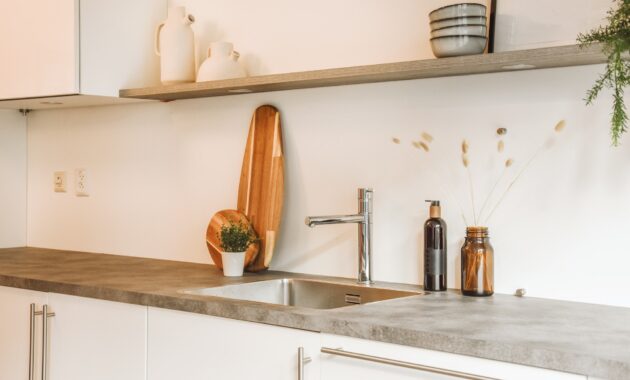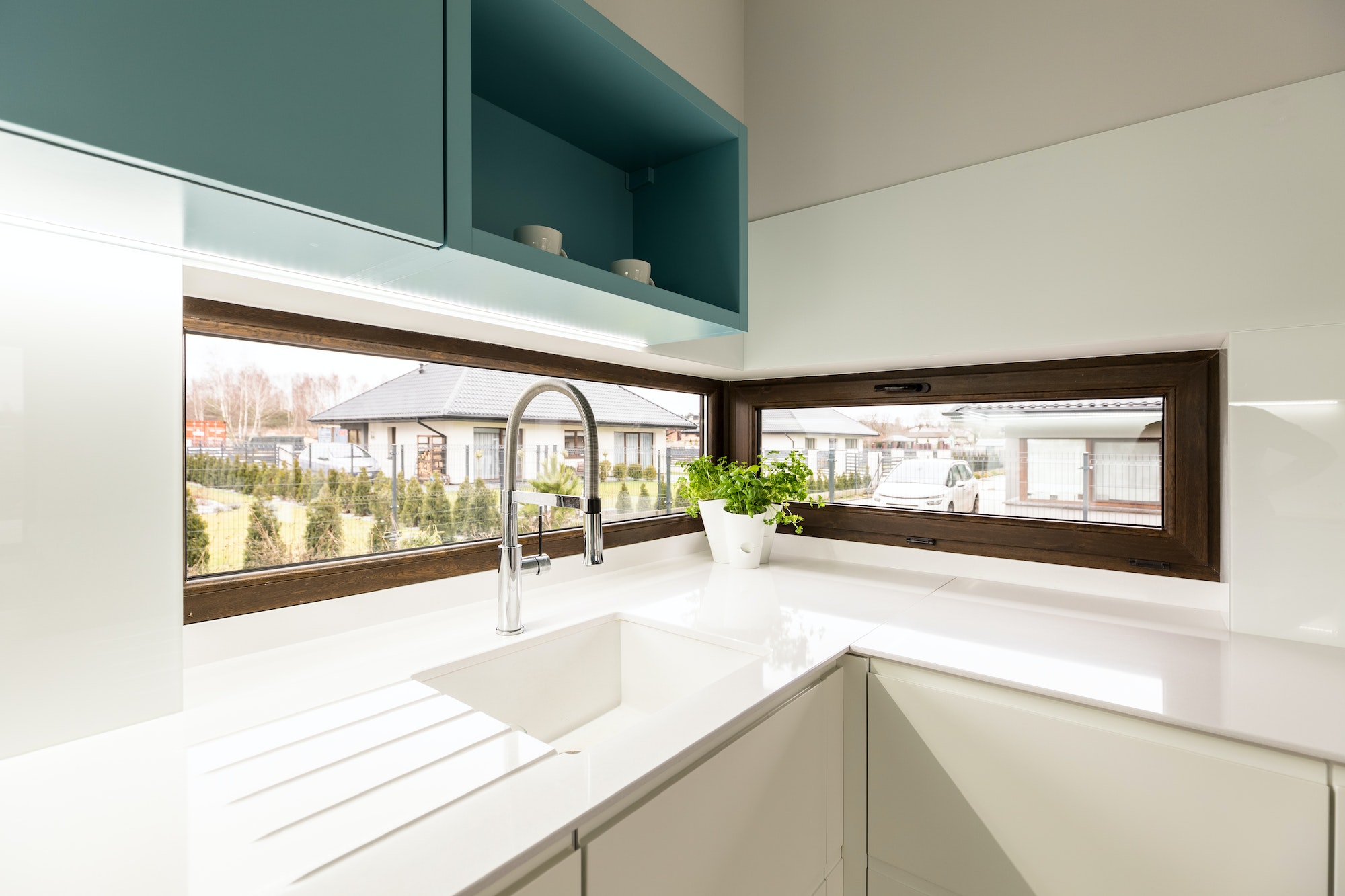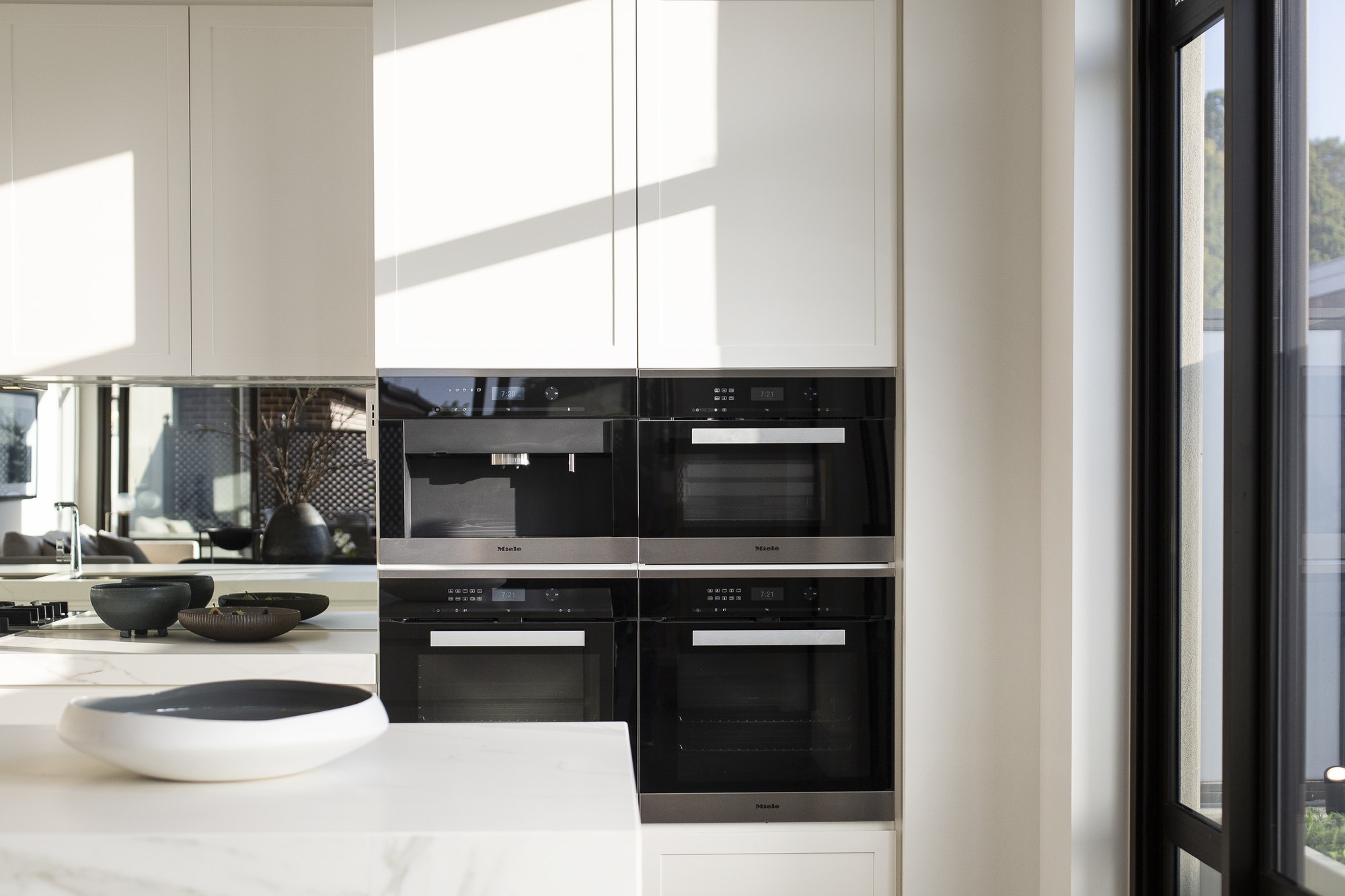Selecting the ideal sink material for your home is a crucial decision beyond aesthetics. Your choice impacts not only the appearance of your kitchen or bathroom but also its functionality, durability, and overall value.
With a plethora of sink materials available, it’s essential to understand the pros and cons of each to make an informed decision that aligns with your needs and preferences.
Why Choosing The Ideal Sink Material Matters
The sink is a central fixture in both kitchens and bathrooms, serving as a focal point that endures daily use. Therefore, investing in a suitable sink material is vital for several reasons:
- Durability: A well-chosen sink material will withstand wear and tear, lasting for years without showing signs of degradation.
- Functionality: Different sink materials offer unique features, such as resistance to stains, scratches, and heat, which affect their suitability for specific tasks.
- Aesthetics: Your sink contributes significantly to the overall design of your space, making it essential to choose a material that complements your interior decor.
- Hygiene: The ease of cleaning and maintaining your sink material affects its hygienic properties, ensuring a healthy living environment.
- Resale value: A high-quality sink material enhances your home’s value and market appeal, making it an investment that pays off over time.
Wise homeowners use these as criteria for picking modern American kitchen sinks, premium Australian laundry sinks, and the like. With that in mind, here are some of the most popular choices for sink materials.
Commonly Chosen Sink Materials And Why
- Stainless Steel
Pros: Stainless steel sinks are known for their durability, resistance to stains, and affordability. They are easy to clean, come in various styles, and complement modern and traditional kitchens.
Cons: They can be noisy when dishes are placed in them, are susceptible to scratches, and might show water spots if not dried properly.
- Porcelain/Ceramic
Pros: Porcelain or ceramic sinks offer a timeless, elegant look. They are available in various colors and shapes, resistant to stains, and easy to clean.
Cons: These sinks can chip or crack if heavy objects are dropped in them. The surface can also be prone to scratches and may require more delicate cleaning methods.
- Composite Granite/Quartz:
Pros: Composite sinks provide a natural stone appearance, are durable, heat-resistant, and available in various colors. They are also quieter than stainless steel.
Cons: These sinks can be costly and require regular maintenance to prevent staining and scratching.
- Cast Iron
Pros: Cast iron sinks offer a classic, vintage charm and are highly durable. They resist scratches, stains, and heat.
Cons: They are heavy, which can make installation challenging. The enamel coating can chip over time, exposing the underlying material to rust.
- Copper
Pros: Copper sinks have a rustic sensibility, developing a beautiful patina over time. They have natural antimicrobial properties and are resistant to corrosion.
Cons: Copper sinks can be expensive, and the patina might not appeal to everyone. They also require regular maintenance to keep their shine.
Which Is Best?
To choose the suitable sink material for your home, consider the following factors:
- Usage: Evaluate how you’ll use the sink—for heavy cooking, washing, or general tasks—to determine the level of durability and maintenance required.
- Aesthetics: Consider your kitchen or bathroom’s overall design and style to ensure the sink material complements the space.
- Budget: Set a budget that aligns with your preferences and long-term investment goals.
- Maintenance: Be realistic about how much maintenance you’re willing to perform to keep the sink looking its best.
How To Buy Them
To purchase sinks made from quality materials, it’s good to take the following steps:
- Shop from reputable retailers: Buy from well-known retailers or manufacturers with a history of producing reliable, high-quality products.
- Read reviews: Look for customer reviews and testimonials to gauge the satisfaction level of previous buyers.
- Check warranties: Ensure that the sink comes with a solid warranty to cover any manufacturing defects or issues that may arise.
Final Considerations

While higher-quality sink materials might have a higher upfront cost, they often offer better durability and lower maintenance expenses over time. That makes them a cost-effective choice.
Furthermore, opting for a high-quality sink material enhances your home’s overall value, as potential buyers are likely to be impressed by durable and stylish fixtures, potentially leading to better resales.
By understanding the pros and cons of popular sink materials and making an informed decision, you can enjoy a functional and aesthetically pleasing fixture that adds value and longevity to your home. Check your catalogs, compare pieces, and work with professional plumbers to get started.
Discover more from Futurist Architecture
Subscribe to get the latest posts sent to your email.

![modern apartment [article_title]](https://www.futuristarchitecture.com/wp-content/uploads/2025/03/8-Extraordinary-Secrets-to-Position-Your-Bed-for-Dreamy-Sleep-900x600.jpg)

